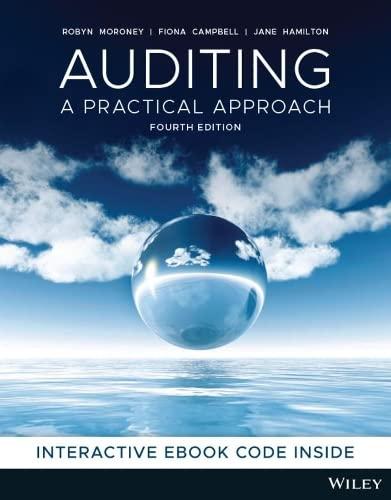Question
Taxes that we pay are used for many different purposes. Federal income taxes, for example, are required to be spent on certain government programs and
Taxes that we pay are used for many different purposes. Federal income taxes, for example, are required to be spent on certain government programs and are broken down into three different categories. 1) Paying interest on national debt, 2) mandatory spending, such as social security, Medicare, and veterans benefits, and 3) discretionary spending for programs associated with healthcare, education, transportation, and military defense. State income taxes, sales taxes, and local taxes generate revenues for state governmental programs. Environmental projects, fire protection, jails, medical facilities, road improvements, and libraries are some examples of how state taxes are utilized. In addition to sales tax, hotel occupancy tax (or lodging tax), can be as high as 14% in some states and is used to generate revenues to help promote tourism and also compensate the government for costs associated with increased public services in high tourist areas. These types of taxes are primarily used as a tool to generate governmental revenues in order to keep governmental programs functional and operational.
Changes to the tax code in 2017 created loopholes that have allowed large corporate companies to shift U.S. profits to offshore subsidiaries and avoid paying their share of taxes to the United States. Biden has strategized a tax plan that would close these offshore loopholes and capture taxes that would otherwise flow out of the country. According to an NBC news article, 55 of the largest companies in the U.S. paid nothing in federal taxes for 2020 despite earning a collective $40.5 billion in pretax income. (White, 2021). While this tax overhaul could be perceived as a way to generate additional revenue for the U.S., Bidens tax plan is primarily intended to discourage offshore profit shifting and deter companies from reducing their tax liabilities to zero. The original changes to the tax code in 2017 were intended to stimulate the economy. Lower taxes would mean higher profits for corporate companies to spend on capital investments, economic expansion, and the creation of more jobs. Unfortunately, the exploitation of offshore profit-shifting to lower corporate tax liabilities had the opposite outcome. Corporations did not reinvest additional company profits for expansion or economic growth. Instead, company executives and investors benefited more from these record-high profits than the average wage earner.
Step by Step Solution
There are 3 Steps involved in it
Step: 1

Get Instant Access to Expert-Tailored Solutions
See step-by-step solutions with expert insights and AI powered tools for academic success
Step: 2

Step: 3

Ace Your Homework with AI
Get the answers you need in no time with our AI-driven, step-by-step assistance
Get Started


